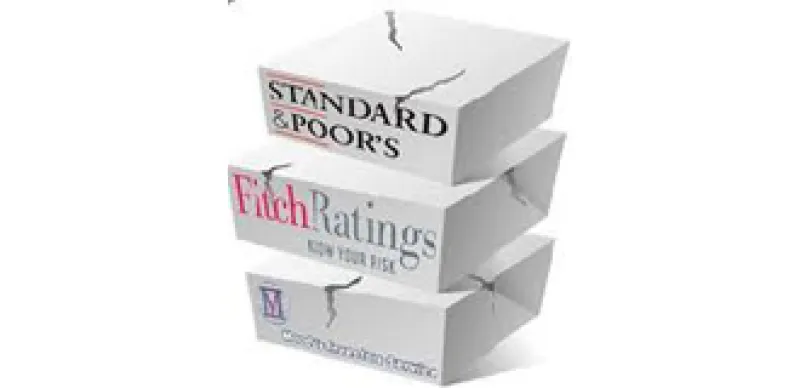To discourage what it saw as an unhealthy overreliance on credit ratings, the Securities and Exchange Commission spent the past year pruning its rule book. The goal was to remove various passages that referenced rating requirements. For example, under the Securities Exchange Act of 1934, Rule 10b-10, there is a paragraph requiring a broker-dealer to inform a customer about any transaction involving a debt instrument, other than a government security, that isn’t rated by a nationally recognized statistical rating organization. So the SEC proposed cutting the paragraph from the rule altogether so as to eliminate any implication about the significance of ratings. Talk about being written out of history.
Similarly, with respect to minimum net capital rules for broker-dealers, the SEC proposed removing references to ratings. The issue comes up whenever broker-dealers calculate their assets minus their liabilities. Under the current rules, broker-dealers are allowed to take a lower capital charge, or haircut, on certain securities rated investment-grade. The SEC now proposes inserting new phrasing that, while bordering on nebulous (a haircut-worthy instrument would need to be subject to “a minimal amount of credit risk and have sufficient liquidity such that it can be sold at or near its carrying value almost immediately”) would nonetheless be devoid of any reference to a credit rating.
Broker-dealers bristled over the change, although for the most part the redacting of ratings references in rules has not generated too much controversy. However, a skirmish did break out when the SEC tried to revamp rules governing money market funds, specifically removing the references to ratings in Rule 2a-7 of the Investment Company Act of 1940. This rule governs securities that are eligible for inclusion in a money market fund’s portfolio.
Money market fund lobbyists met this idea with a resounding “Oh no you don’t,” prompting some in the ratings industry to scoff that the mutual fund firms were reacting out of fear of losing a convenient scapegoat in the event that another money fund ever broke the buck.
The mutual fund industry strongly disputes that it opposed the removal of the rating requirement out of a desire for ass coverage, senior fund lobbyists tell Institutional Investor. To the contrary, industry members stress, money market funds are by their nature a safe haven and as such ought not be trifled with.
In a letter sent earlier this year to the SEC, the Investment Company Institute’s general counsel, Karrie McMillan, wrote: “The objective NRSRO ratings test is but one prong of a two-prong test to determine the eligibility of portfolio securities. Removing the objective prong would, in and of itself, weaken the rule by expanding the discretion and the risk that a fund may invest in a security that would not have qualified under the rule’s current standards, thereby raising the potential for harm to shareholders.”
Essentially, McMillan argued that ratings — even if occasionally flawed — protect investors by establishing an important floor “through which a minimum standard is established among all money market funds.
“Indeed, ratings also play a vital role under Rule 2a-7 by providing a clear reference point for money market funds, both large and small, by which to measure compliance with the rule’s requirements.
“Although ratings are neither perfect nor a substitute for independent, separate investment analysis, they provide a benefit as an additional, independent check on the investment manager’s judgment.”
In the end, the SEC relented; the money market funds retained ratings-linked governance. Well done, money market funds. Now all you have to do is figure out what purpose money market funds serve in an era of near-zero interest rates.






